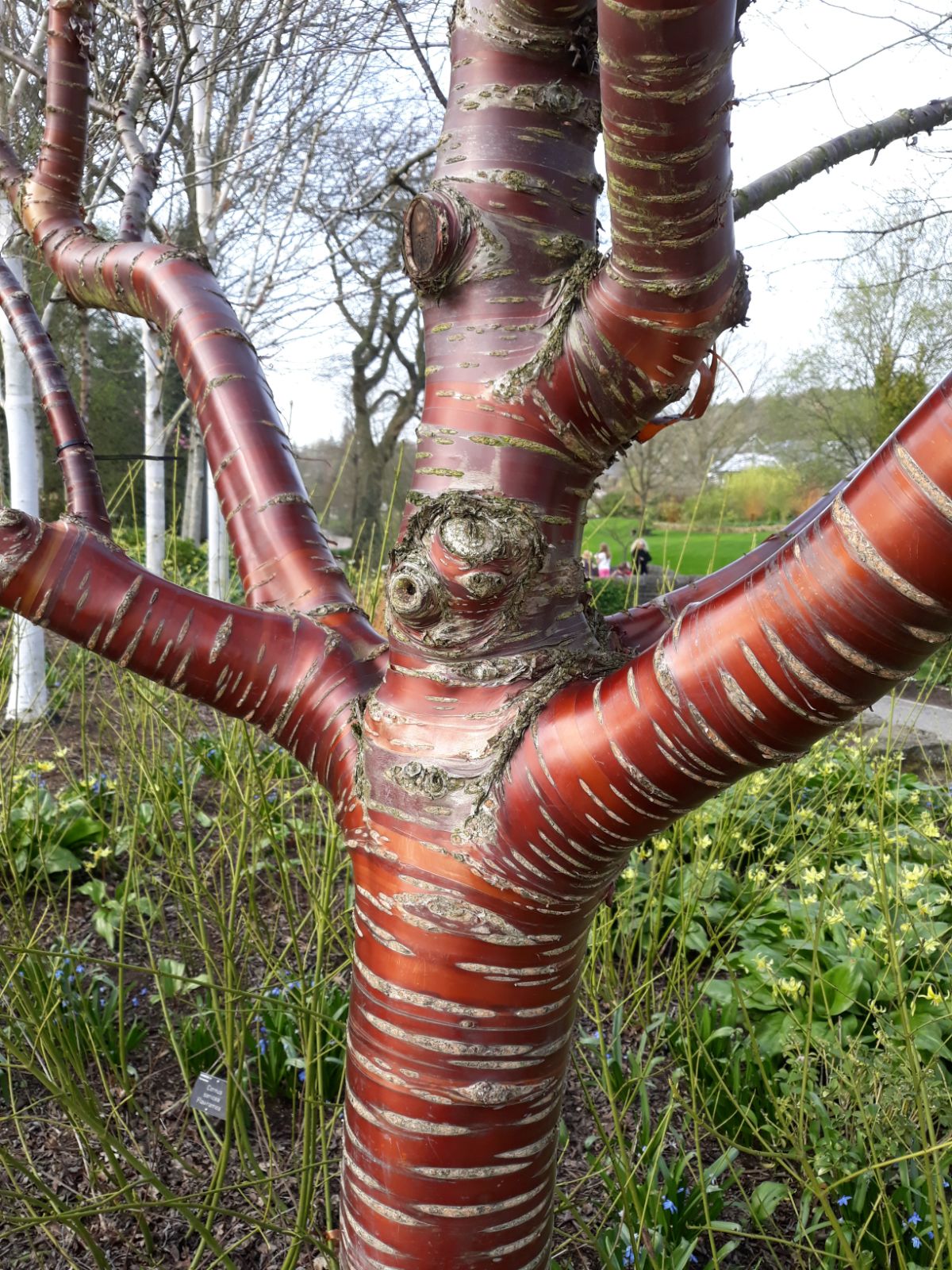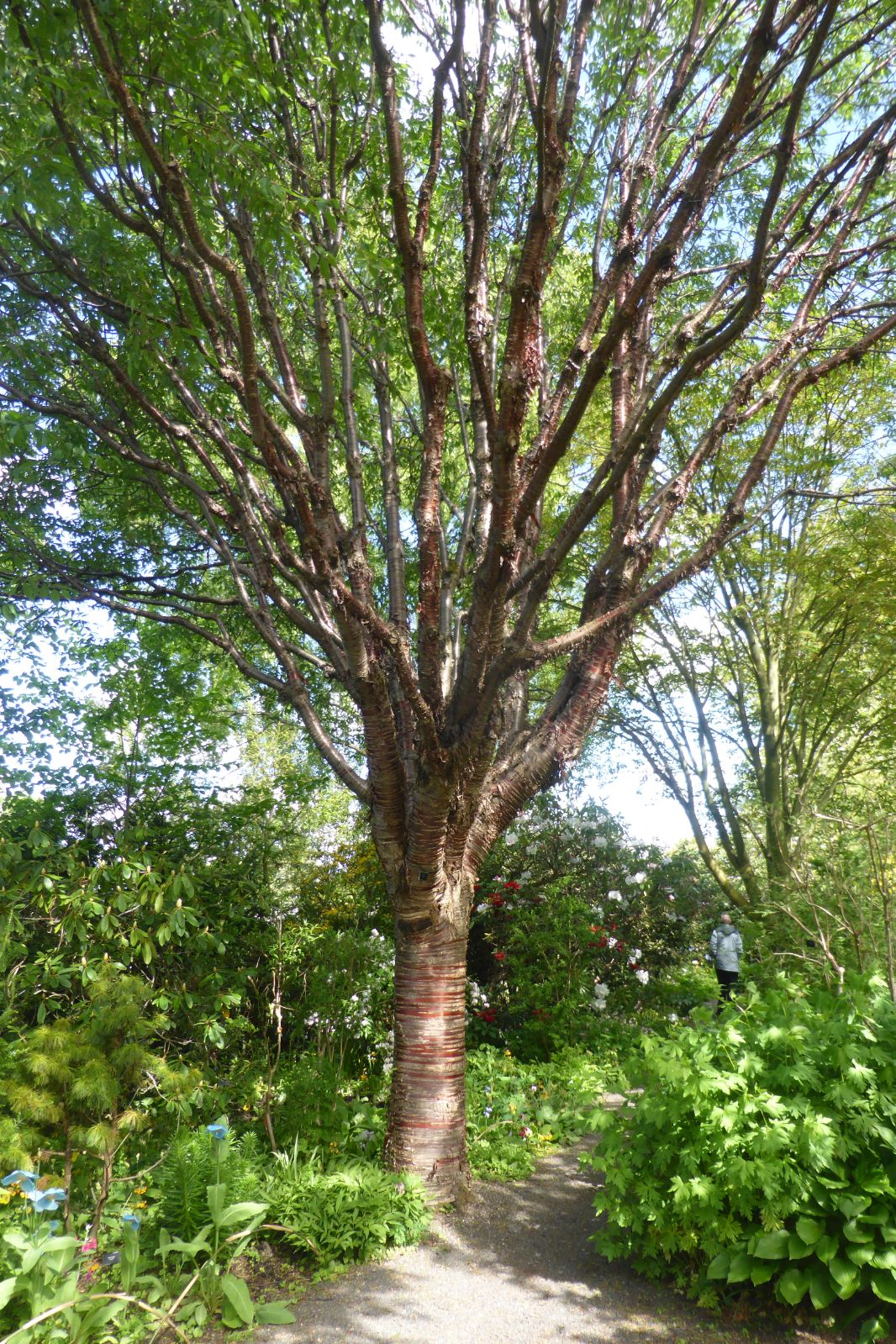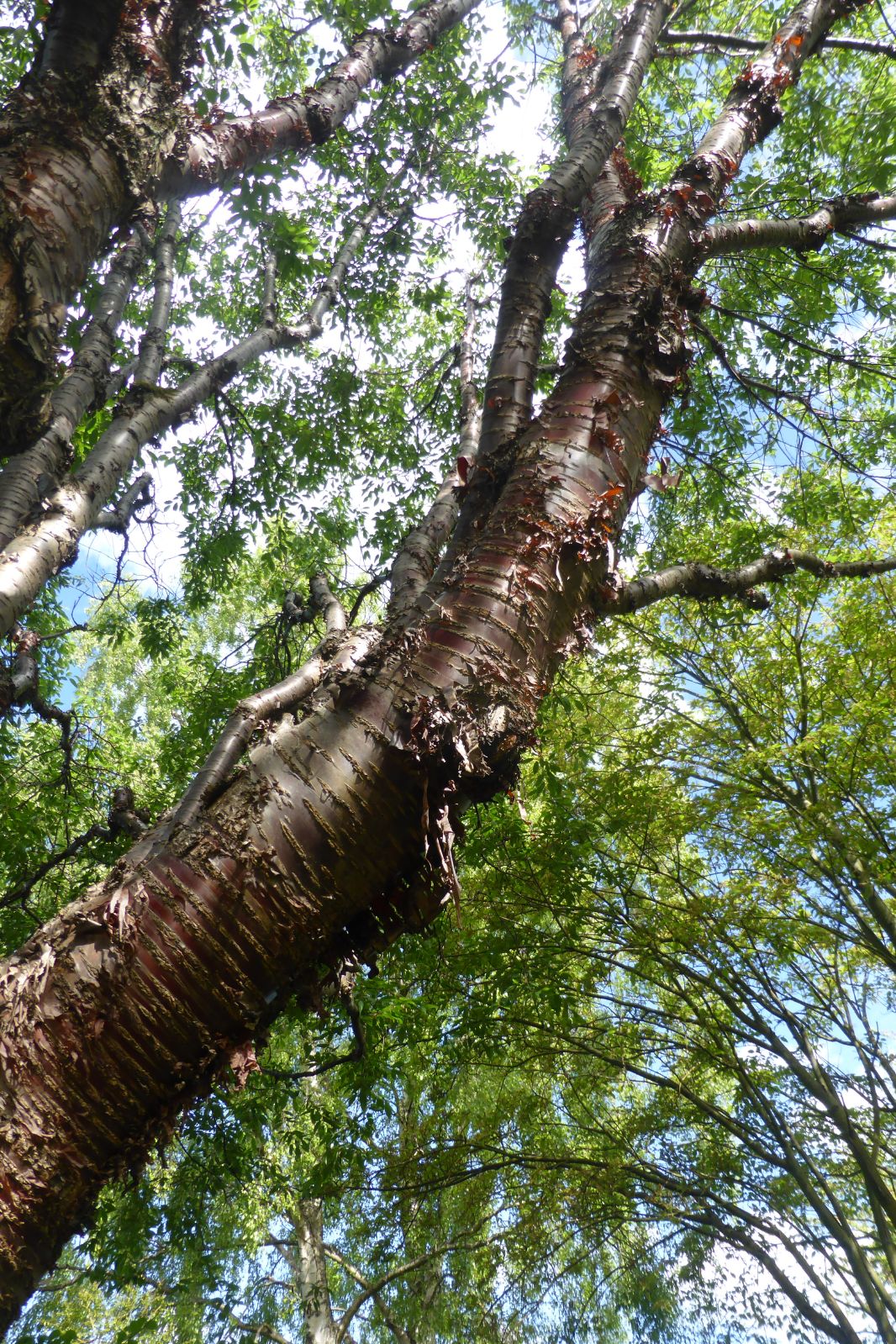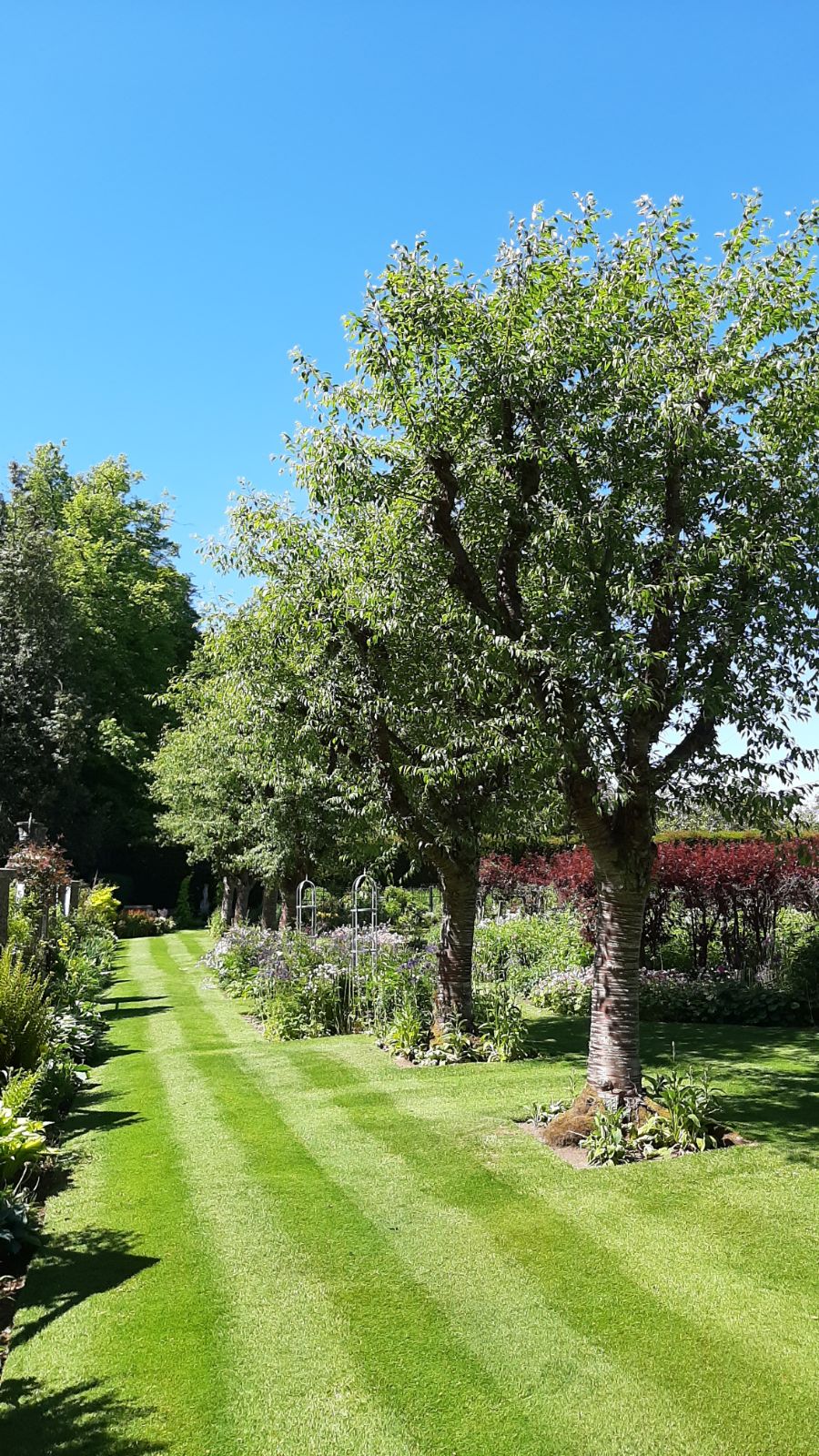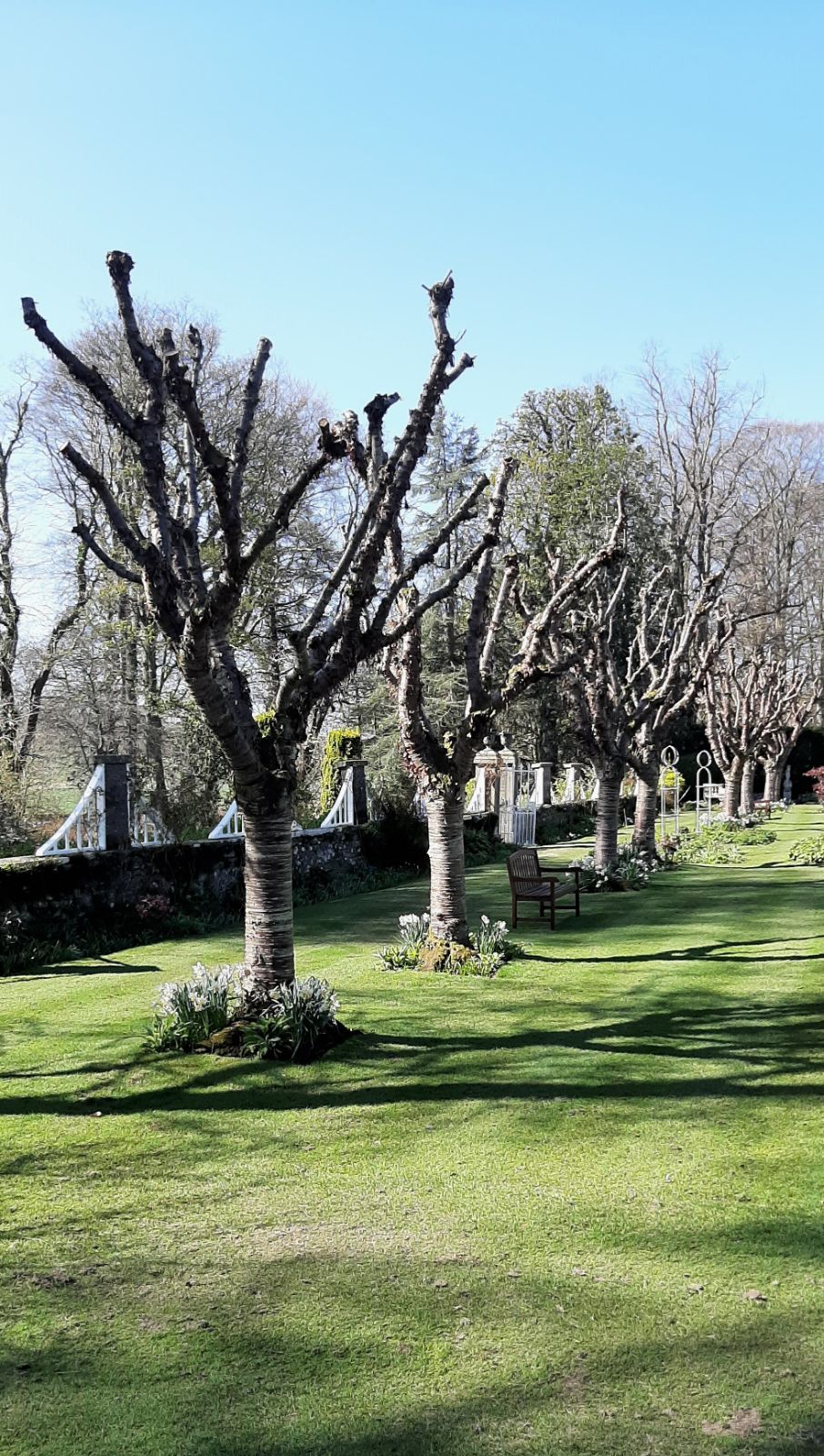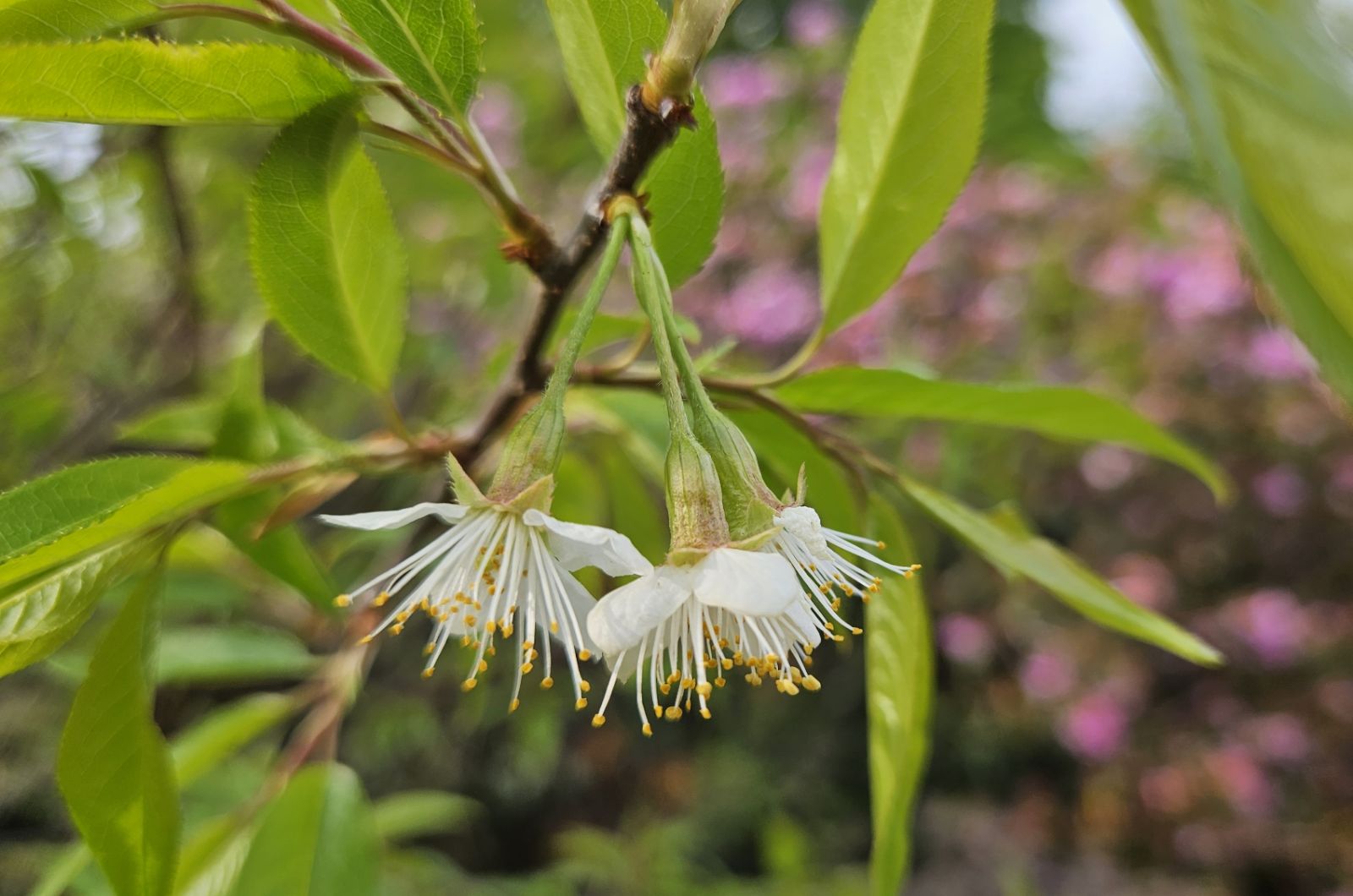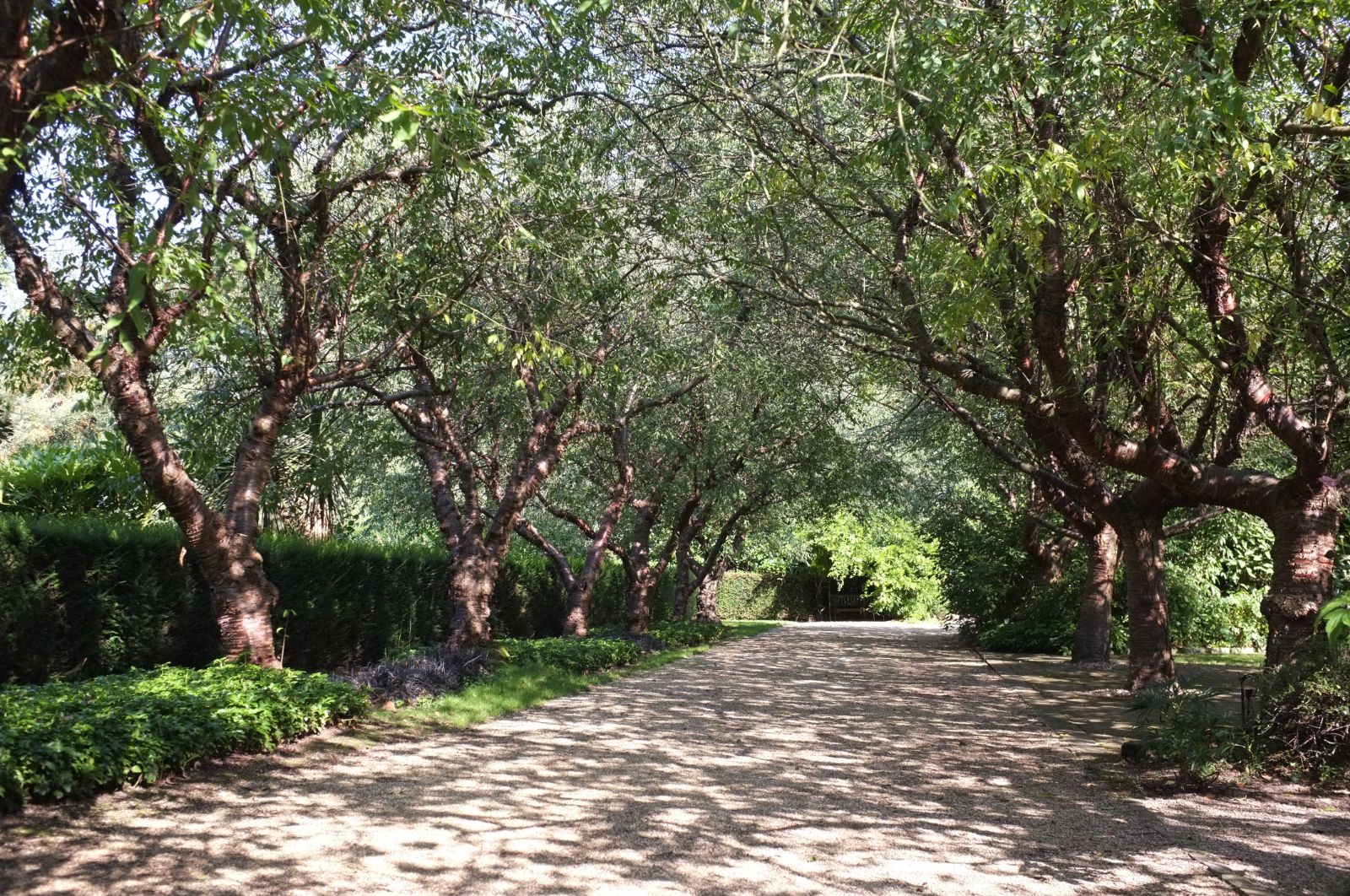Prunus serrula
Credits
Article from Bean's Trees and Shrubs Hardy in the British Isles
Recommended citation
'Prunus serrula' from the website Trees and Shrubs Online (treesandshrubsonline.
Genus
Synonyms
- P. serrula var. tibetica (Batal.) Koehne
- P. puddum var. tibetica Batal.
Other taxa in genus
- Prunus alleghaniensis
- Prunus americana
- Prunus × amygdalo-persica
- Prunus amygdalus
- Prunus angustifolia
- Prunus apetala
- Prunus arabica
- Prunus argentea
- Prunus armeniaca
- Prunus avium
- Prunus besseyi
- Prunus brigantina
- Prunus campanulata
- Prunus canescens
- Prunus cantabrigiensis
- Prunus cerasifera
- Prunus cerasus
- Prunus cocomilia
- Prunus concinna
- Prunus conradinae
- Prunus consociiflora
- Prunus cornuta
- Prunus cuthbertii
- Prunus dasycarpa
- Prunus davidiana
- Prunus × dawyckensis
- Prunus dielsiana
- Prunus domestica
- Prunus dulcis
- Prunus emarginata
- Prunus × fontanesiana
- Prunus fruticosa
- Prunus glandulosa
- Prunus grayana
- Prunus himalaica
- Prunus hortulana
- Prunus humilis
- Prunus ilicifolia
- Prunus incana
- Prunus incisa
- Prunus jacquemontii
- Prunus kansuensis
- Prunus lannesiana
- Prunus laurocerasus
- Prunus litigiosa
- Prunus lusitanica
- Prunus maackii
- Prunus mahaleb
- Prunus maritima
- Prunus maximowiczii
- Prunus microcarpa
- Prunus mira
- Prunus mugus
- Prunus mume
- Prunus nigra
- Prunus nipponica
- Prunus orthosepala
- Prunus padus
- Prunus pensylvanica
- Prunus persica
- Prunus pilosiuscula
- Prunus prostrata
- Prunus pumila
- Prunus rufa
- Prunus salicina
- Prunus sargentii
- Prunus serotina
- Prunus serrulata
- Prunus sibirica
- Prunus × sieboldii
- Prunus simonii
- Prunus sogdiana
- Prunus speciosa
- Prunus spinosa
- Prunus ssiori
- Prunus subcordata
- Prunus subhirtella
- Prunus takesimensis
- Prunus tangutica
- Prunus tenella
- Prunus tomentosa
- Prunus triloba
- Prunus virginiana
- Prunus × yedoensis
A deciduous tree 30 to 50 ft high; bark of trunk shining brown, ultimately peeling; shoots finely downy when quite young. Leaves lance-shaped, rounded or wedge-shaped at the base, long and slenderly pointed, finely and regularly toothed, 2 to 4 in. long, 1⁄2 to 11⁄4 in. wide, downy along the midrib beneath and in the chief vein-axils, sometimes glabrous or soon becoming so; there are several large glands at the base near the stalk, which is 1⁄4 to 1⁄2 in. long. Flowers white, 2⁄3 in. wide, produced usually in twos or threes (sometimes solitary or in fours) during April, each on its stalk 1⁄2 in. long. Calyx-lobes ovate-triangular, toothed; style finely downy towards the base. Fruits oval, 1⁄2 in. long, red.
Native of W. China; described from specimens collected by the Abbé Delavay in Yunnan; introduced by Wilson in 1908 from the region of Tatsien-lu (Kangting) in W. Szechwan and again by Forrest in 1913 from Yunnan. Wilson’s introduction (W. 988) was referred by Koehne to var. tibetica (Batal.) Koehne but there is no reliable character by which this variety can be distinguished from the Yunnan trees.
Two characters make this cherry distinct; one is the narrowness and fine toothing of the leaves which are rather willow-like; the other is the beautiful bright brown peeling bark, at least of young trees. This feature alone makes the tree worth cultivating, for it is not more striking in any tree of similar character. So far as I have seen its flower beauty is not great. A.M. 1944 (for its bark).
The following specimens have been recorded: Highdown, Sussex, pl. 1939, 20 × 3 ft (1965); Westonbirt, Glos., pl. 1937, 25 × 41⁄4 ft (Clay Island) and 30 × 3 ft (Morley Drive) (1965/6); Endsleigh, Devon, 55 × 4 ft (1963); Bodnant, Denb., 25 × 33⁄4 ft and 30 × 31⁄2 ft (1966).
From the Supplement (Vol. V)
This species was reintroduced by Roy Lancaster from western Szechwan in 1981.

